By Megan Gorrey
A former coal-loading site transformed into parklands and a community garden overlooking Sydney Harbour will be given the state’s highest level of heritage protection.
Special Minister of State Don Harwin said on Wednesday that the historic Coal Loader at Balls Head Reserve in the lower north shore suburb of Waverton would be added to the State Heritage Register.
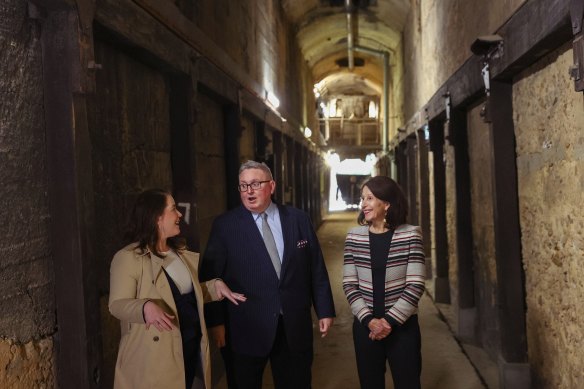
Special Minister of State and Minister responsible for Heritage Don Harwin, North Shore MP Felicity Wilson and North Sydney mayor Jilly Gibson inside the tunnels of the Coal Loader. at Waverton.Credit: Dominic Lorrimer
Mr Harwin made the announcement as the government spruiked the purchase of a private property that sits in the middle of nearby Blues Point Reserve as a way of expanding public space in the area.
The Coal Loader was the most advanced facility of its kind in Australia when it began operating as a depot for shifting coal from bulk carriers to smaller vessels in 1919, according to the National Trust.
“So much of our industrial heritage around Sydney Harbour has been lost, but we’re not going to see this lost,” Mr Harwin said.
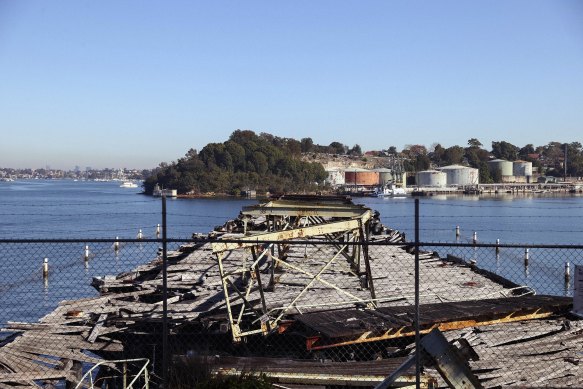
The Waverton Coal Loader wharf which has now been heritage listed.Credit: Dominic Lorrimer
Mr Harwin said North Sydney Council’s transformation of the site into a café, sustainability centre, public parkland and cultural space was an example of “adaptive re-use of heritage at its finest”.
The listing includes the site’s coal-loading platform, machinery and workshop buildings. It also takes in a significant Aboriginal rock engraving site that includes the figure of a large whale.
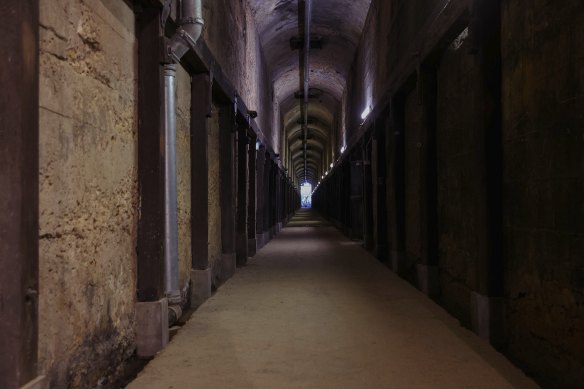
The coal loading tunnels are sometimes used for public events, such as art exhibitions, performances and light shows.Credit: Dominic Lorrimer
Mr Harwin said the facility on the western side of the Waverton peninsula was significant for the local Aboriginal clan, the Cammeraygal, and was an “extraordinary part of our industrial heritage”.
“Once, it was part of a very different way that we heated our city, and there was an enormous amount of coal that needed to be brought to this port.
“Today, with that no longer being necessary, North Sydney Council and the whole community has made it into a wonderful facility.”
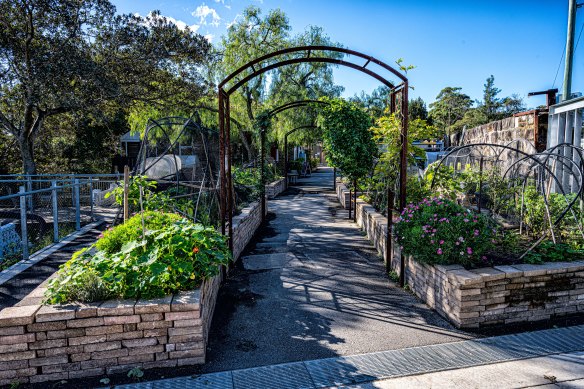
The Coal Loader Cottage Garden at the Coal Loader in Waverton.Credit: Steve Mullarkey
The former mayor of North Sydney, Genia McCaffery, for whom the sustainability centre is named, said the venue was the result of residents battling to save the site from development in the 1990s.
“If the state heritage listing provides extra protections to prevent future governments from doing anything to it then that’s fine, but the recognition really needs to go the local community that fought to save it, and to [former NSW premier] Bob Carr, who listened.”
Separately, Planning and Public Spaces Minister Rob Stokes said compulsorily acquiring the waterfront property at Blues Point Reserve would allow continuous public access to the foreshore.
Mr Stokes said the property, 1 Henry Lawson Avenue, had been “cutting the park in two” for decades.
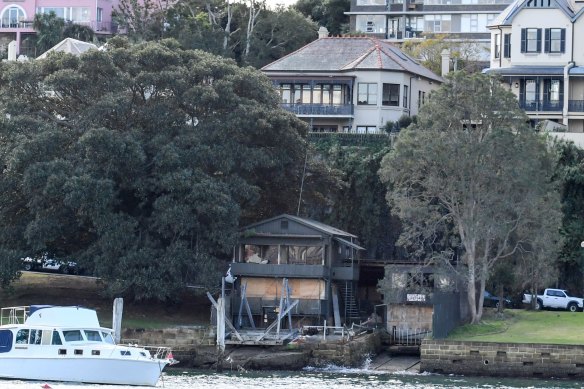
The rundown boatshed on the waterfront at McMahons Point in 2016.Credit: Peter Rae
The property came under the spotlight after businessman David Wilkenfeld, also known as David Fox, bought the site featuring a boatshed with upstairs accommodation for $750,000 in 2009.
His plans to renovate the property were thwarted when local opponents noted the site had been identified for compulsory acquisition and “site specific” planning controls limited development.
The Valuer-General will determine the final purchase price for the property.
Independent North Sydney councillor Zoe Baker said the acquisition of the historic building and slipway was “long-awaited and long-overdue” but the move did not add a significant amount of public space to the reserve.
“Now it has been acquired it should remain as a community facility rather than for commercial use,” Cr Baker said.
North Shore MP Felicity Wilson noted parkland at Henry Lawson Reserve on the McMahons Point peninsula was being used as an access point for tunnelling works for the Sydney Metro rail line.
“Once the Sydney Metro works are finished there will be the opportunity to undertake further improvements to deliver an enhanced and expanded public space across the entire Blues Point Reserve.”
The Morning Edition newsletter is our guide to the day’s most important and interesting stories, analysis and insights. Sign up here.